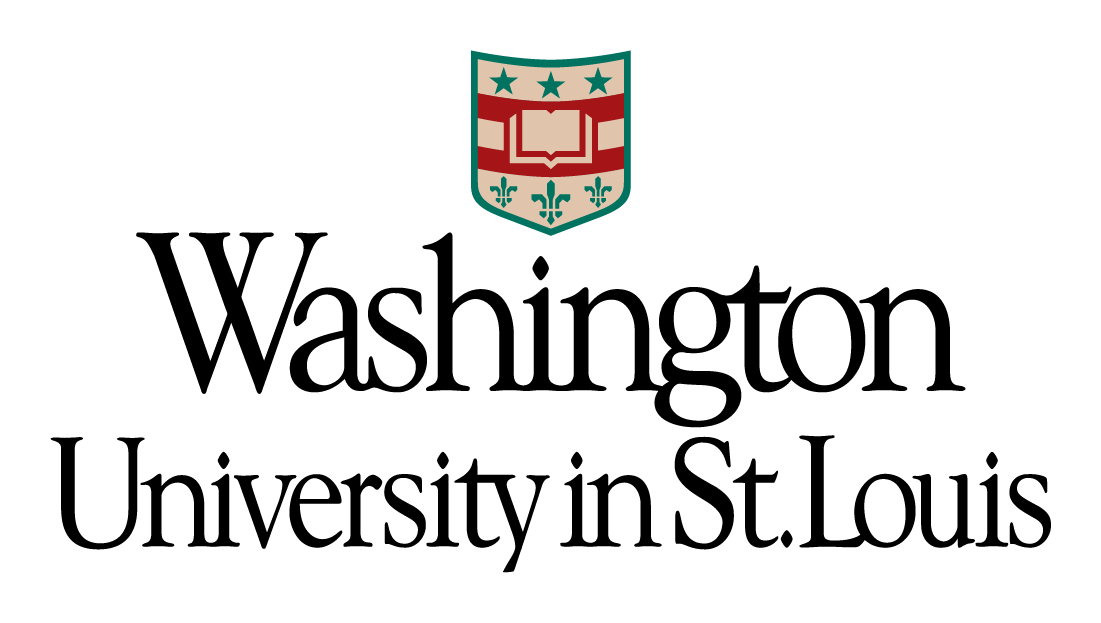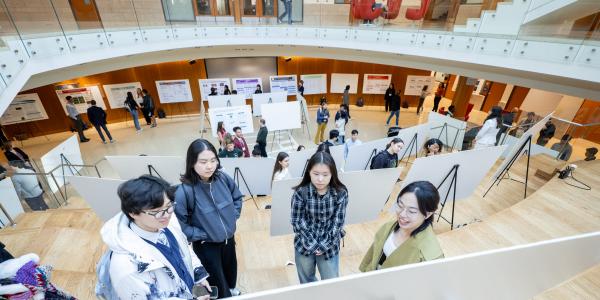Overview
The Office of Undergraduate Research (OUR) hosts Undergraduate Research Symposia twice a year, showcasing the diverse range of research and creative inquiry conducted by WashU undergraduate students and mentored by WashU faculty. Over 300 presenters at the Spring 2025 Undergraduate Research Symposium will participate in one of multiple sessions between 10AM - 5PM on Friday, April 11, in Frick Forum (1st floor) and other locations in Bauer Hall.
The symposia provide an opportunity for undergraduate students to share their work, engage in peer networking and cross-disciplinary conversations, and develop presentation skills. For students interested in getting started in research, the symposium is a great opportunity to learn about the research process from your peers. All WashU community members are encouraged to attend!
Event Schedule and Location
Tentative Presenter List
Poster Presentations & Exhibits
Location: Bauer Hall (BH), Frick Forum & Emerson Auditorium
10:30AM - 11:45AM: Poster session A
12:15PM - 1:30PM: Poster session B
2:00PM - 3:15PM: Poster session C
3:45PM - 5:00PM: Poster session D
Each poster session includes a mix of all participating disciplines, grouped thematically as much as possible.
Oral Presentations
Location: Bauer Hall (BH), rooms 160 and 150 (concurrent sessions)
10:00AM - 11:00AM: Lightning Talks 1a (BH 160)
10:00AM - 11:00AM: Lightning Talks 1b (BH 150)
11:30AM - 12:30PM: Deeper Dive Talks 1a (BH 160)
11:30AM - 12:30PM: Deeper Dive Talks 1b (BH 150)
1:00PM - 2:00PM: Lightning Talks 2a (BH 160)
1:00PM - 2:00PM: Lightning Talks 2b (BH 150)
2:30PM - 3:30PM: Deeper Dive Talks 2a (BH 160)
2:30PM - 3:30PM: Deeper Dive Talks 2b (BH 150)
4:00PM - 5:00PM: Lightning Talks 3a (BH 160)
4:00PM - 5:00PM: Lightning Talks 3b (BH 150)

